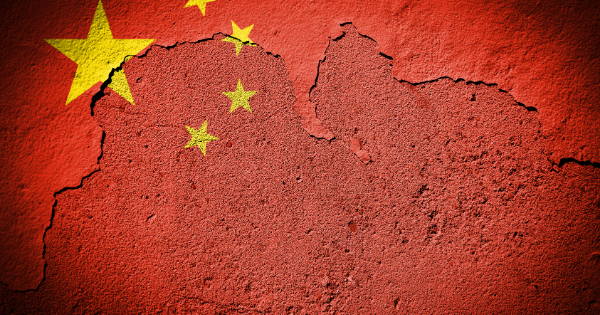
The Belt and Road Initiative will deepen international cooperation and advance economic growth in countries along the route.
Today, China's overseas industrial parks have become an important medium to promote B&R development and international capacity cooperation. The overseas industrial parks effectively encourage China's advantageous industries to “go abroad”. For host countries, these industrial parks have attracted more Chinese enterprises to invest and build factories in their countries, which will not only drive employment and tax revenues, expand exports and foreign exchange, but also strongly promote their industrialization and upgrade of industries.
The overseas industrial parks also create favorable conditions for enterprises to “go abroad” and reduce operating costs. At present, the number of China overseas industrial parks is on the rise, and their functions are diversifying. On the other hand, governments also play more effective roles in guiding the construction while the enterprises are still being the dominant power in construction. Therefore, the development of overseas industrial parks requires both governments and enterprises in China and host countries to work together to achieve mutual benefits and win-win results.
The COVID-19 pandemic in 2020 dealt a major blow to the global economy. According to the World Bank, the global economy is expected to contract 5.2% this year1. Meanwhile, talks on "deglobalization" are raging, however, China has clearly shown its stance – "globalization represents an inevitable trend in the development of the world. Only by keeping the global production and supply chains stable and promoting the liberalization and facilitation of trade and investment, can countries jointly cope with downward risks to the world economy2.
The Belt and Road Initiative (BRI) has been playing an important and positive role in deepening international cooperation, promoting geographical relations, and advancing economic growth in countries along the route since its launch. At present, countries along the Belt and Road (B&R) have become the world's most important destinations for foreign investment and one of the world's largest trading blocs, second only to the EU3. Emerging from COVID-19, countries will have a stronger need to grow the economy and improve lives as well as surging demand for public health cooperation. However, the gaps in the infrastructure of health and telecommunication areas in B&R countries are still big, which will drive these countries to advance the development of the "Health Silk Road" and "Digital Silk Road" and inject new impetus into global economic recovery.
The future of the BRI lies in expanding the cooperation to new areas. China's overseas industrial parks are designed to be built in the major cities of B&R countries. With the advantages of integrating policies and resources, the parks always present a strong clustering effect to attract enterprises along the industrial chain, creating new development opportunities for the BRI. As it enters the stage of in-depth development, through promoting international capacity cooperation, China's overseas industrial parks will provide Chinese enterprises with ideal platforms to expand B&R markets. Also, in the "post-pandemic era", faced with the restructuring of the global industrial chain, they will be more strategically important in balancing regional economic development, optimizing the internationalization of Chinese companies, and diversifying supply chain risks. According to EY analysis, most of China's overseas industrial parks are still in the early stage of construction and development.
